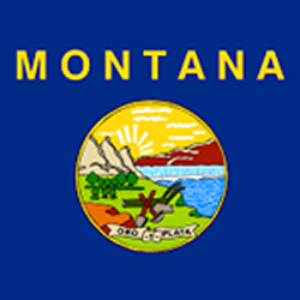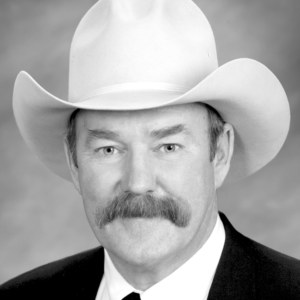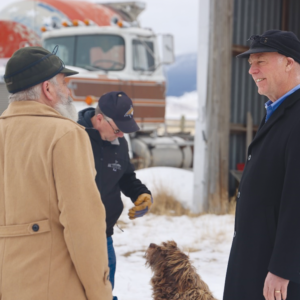TK Elevator Corporation, 788 Circle 75 Parkway SE Ste 500, Atlanta GA 30339, G678-424-3691, Gust Lagerquist, repair & installation
Purcell Tire and Service Center, 2604 Belknap Ave, 59101, 573-438-2131, Gretta Hochstatter, retail sales
Blended 7 Contracting LLC, 3727 Bitterroot Dr, 59105, 860-8448, Chris Sargent, general contractor
Dutton Rental, 319 Tam O’Shanter Rd, 59105, 670-4196, Dellas and Kerrie Dutton, real estate rental
Simply Modern LLC, 3959 Fairmeadow Dr, 59102, 540-525-7002, Bradley Krupa, general contractor
Wilson Maintenance & Remodeling, 3540 Terry Ave, 59102, 698-5772, mike Wilson, general contractor
Lockwood Auto, 3941 Bobolink St, 59101, 699-1665, James Mocko, auto business
J and R Tippy Cow, 279 E Airport Rd, 534-3599, Henry Criddle, restaurants, 59105
Dynamic Opportunities United, 1276 Topanga Ave, 59105, 850-8496, Kellen Kessler, service
Henry’s Kitchen, 304 N 19th, 59101, 601-1139, Mario Duggan, Pres., restaurants
All Phase Contracting, 742 Dunham Ave, 59102, 698-5546, Jay Guaraglia, general contractor
Mini Motorz, 5109 Jellison rd #C4, 59101, 321-1785, David Eves, service
Beloved Venture LLC, 1141 W Calle Concordia, Tucson AZ 85704, 520-519-9130, John Taylen, real estate rental
Big Sky Buckshot LLC, 1130 Princeton Ave, 59102, 860-2593, Juanita & Paul Rathburn,
real estate rental
Brownstein Consulting LLC, 1644 Hidden Cove Ln, 59101, 850-9915, Todd Brownstein, service
Phoenix Self Defense, 928 Broadwater Ave, 59102, 200-5328, Richard Shepard, service
Hillbilly Mall LLC, 14 1/2 S 27th St, 59101, 633-1707, Crystal Owens, retail sales
Angies Barbershop, 1911 King Ave Ste 12, 59102, 702-1753, Angie Hergenrider, barber
Siegel Flooring, 3302 1/2 3rd Ave N, 59101, 970-4568, service
Adaptive Performance Center, 1420 Broadwater Ave, 59102, 281-3848, Karen Pearson/Mitch Crouse, service
Maid In Montana Services, 1195 Siesta Ave, 59105, 850-1623, Azelyn Gorman, service
Montana Tablescapes, 1555 Province Lane, 59102, 855-1070, Michaela Martinson, service
Grizzly Glass LLC, 2270 Grant Rd, 59102, 384-7077, Catherine Bergman, service
Restorative Connections Counseling, 926 Main St Ste 8F, 59105, 213-3313, Brittany Garcia, service
Panda Cleaning Services LLC, 2050 Tanner Ln, 59102, 698-8250, Yingchun/Jefferey Jones, services
Al’s cleaning Services, 7933 Burlington Ave, 59106, 561-4146, Alisha Nishikawa, service
Desert Ridge Construction, 4416 March Madness Way #2, 59106, 690-2792, Tanner Marak-Heafner, general contractor
Bedroc Blasters, 310 Moore Lane, 59101, 927-9018, Rocci Lamantia, retail sales
Johnny’s Garage, 2018 Main St, 59105, 208-9178, Johnny Hisaw, auto business
Out of the Wilderness, 2402 Brook Hollow Dr, 59105, 926-0076, Jeffrey Ferguson, service
Assist Consulting, 7742 Pinto Dr, Shepherd 59079, 671-9510, Sheila Dockter, service
Ecoclean, 911 Blonco Circle, 59101, 698-3677, Micah Richardson, service
Creative Corner Greetings, 5437 Frontier Dr #1, 59101, 855-5681, Kristi Love-Tsukada, retail sales
Sievertsen Contracting, 4244 Bruce Ave, 59101, 661-7883, Mathew Sievertsen, general contractor
Kolbey Andersen Siding, 23 Walnut Dr, 59102, 876-3674, Kolbey Andersen, general contractor
DLB Construction, 3809 King Ave E, 59101, 591-0734, David Barnard, general contractor
Macleod Booking & Consulting Services, 2811 Lyndale Ln, 59102, 200-2216, Katrina Macleod, service
Advantage Media Group, 1118 23rd St W, 59102, 647-4496, Mikel Wolf, service
Time to Eat!, 2139 Alderson Ave Apt #4, 59102, 698-1278, Lucas Hoover, restaurants
CEC Facilities Group LLC, 5505 Abby Rd, 817-734-0040, Brad Smith, general contractor
Simplified Solutions LLC, 41 Adams St, 59101, 690-8014, Katherine Purcel, service
Mirror Mountain Creations, 3548 Kingswood Dr, 59101, 731-613-5245, Amy Mills, retail sales
Uselman Enterprises LLC, 2621 Holman Ave, 59102, 690-1502, Ben Uselman, service
A’s Auto Detailing, 1140 1st Ave N, 59101, 661-3581, Conner Albright, service
ABC Filipino Food, 4703 Rebecca Pl, 59101, 561-8858, Alma Cabillan, retail sales
A Albrecht Construction, 3642 S 56th St W, 59106, 860-2378, Alen Albrecht, general contractor
Jackz of All Trades, 922 Yellowstone River Rd #H8,59105, 697-8660, Kyle Singer, general contractor
Loopdeloo, 7742 Pinto Dr, Shepherd 59079, 671-9510, Sheila Dockter, retail sales
Heights Petlantis, 2204 Bench Blvd, 59105, 702-2580, Kendra Wold/Andrea Norwood, service
Wilson’s Iron Barn Gym, 1105 1st Ave N, 59101, 794-1131, Ron Wilson, service
Relaxful Retreat Massage Studio, 2619 St John’s Ste F, 59102, 794-6429, Russell Tolman, solo practitioner
J&S Handyman Service, 4611 Lux Ave, 59101, 618-367-2253, Jamie & Steven Rasberry, service
JB’s Concepts, 2315 Hoover Ave, 59102, 672-4158, Justin Birkle, general contractor
Carrie Lynn MHP, LLC, 10 Jackie Ln, 59102, 245-2201, Ben Smith, mobile homes courts





